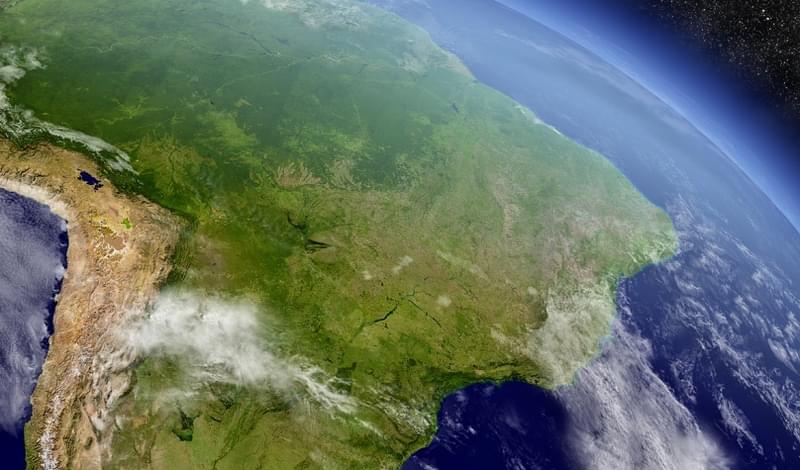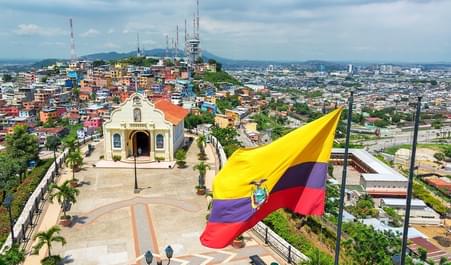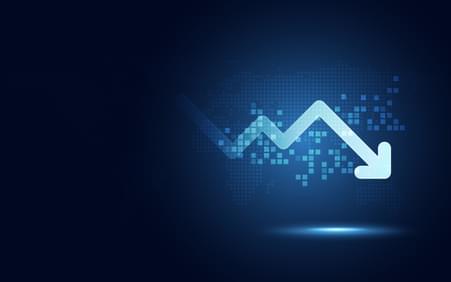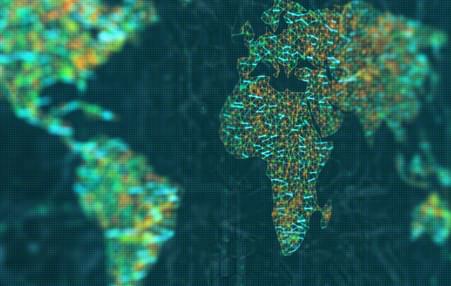Latin America Enters 2020 on Shaky Ground
Latin American countries have spent much of the 2019 weighed down by a series of global issues including a ceaseless US-China trade dispute that has depressed oil, copper and other commodity prices; Brexit uncertainty, which has dampened UK and European investment into the continent; and flatlining US growth, harming industrial demand and investment.
Domestic and regional idiosyncrasies are also inhibiting growth in some of the continent’s largest and smallest economies alike, clouding the outlook for 2020.
In Mexico for instance, President Andrés Manuel López Obrador – better known as AMLO – is struggling to address persistent fiscal pressure and domestic economic uncertainty, reducing investment flows, with a revamped North American free trade agreement (USMCA) awaiting ratification from the US legislative branch, and state-owned oil giant PEMEX facing debt sustainability issues.
The administration has sent positive signals around his government’s commitment to meet the primary budget surplus targets and stabilise public debt. But those spending cuts may make it much more challenging to address widening infrastructure gaps – hospitals, airports, roads, ports, and railways. Subdued growth and fears of a recession in the US has also hurt trade volumes with Mexico, which depends heavily on consumer demand north of the border and counts the country as its largest trading partner.
“If you are a manufacturer or producer in a segment like auto or textiles, you ultimately don’t know whether to build your factory north or south of the border, and that sense has persisted for some time… it has had a negative impact on deal flow in one of the region’s largest economies,” Bouazza, a veteran banker who leads HSBC’s global banking efforts across Latin America, says.
“To some extent, you could argue the government has also struggled to overcome a perception issue from early on in the eyes of investors,” she explains, referring to the controversial decision early in AMLO’s term to hold a referendum on whether to cancel the construction of the new Texcoco Airport in Mexico City.
When the decision to cancel the project – and instead build two new commercial runways at Santa Lucia Airforce Base and a new runway at Toluca Airport – was made, the Texcoco Airport was nearly a third of the way complete and had already cost taxpayers and investors some USD5bn. The move invited in excess of 100 lawsuits from bond holders, airlines, business people and others.
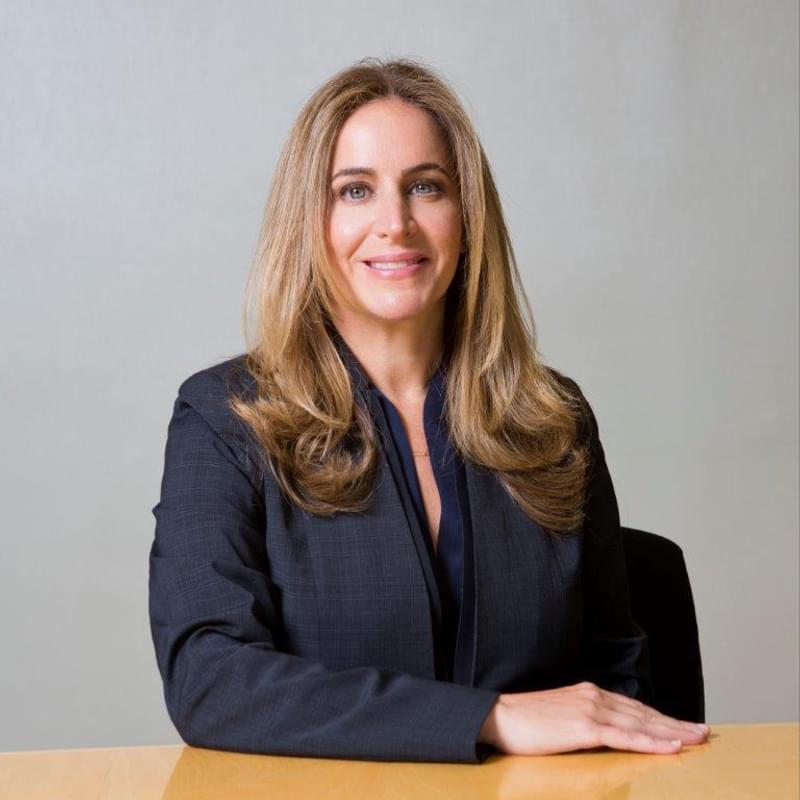
In Argentina, President Alberto Fernández's incoming administration inherits a very challenging economic environment and a steep debt bill, with more than USD60bn coming due in 2020 alone.
While markets were generally reassured by his moderate economic cabinet picks in December, there are few clues that would give any indication of the government’s macroeconomic policies or fiscal strategy, or how Fernández or his pick for Economy Minister Martín Guzmán -both notable IMF critics - would handle any debt restructuring or renegotiations with creditors. The fund extended a mammoth USD57bn programme to the country in 2018 – the largest, and surely one of the most swiftly negotiated on record – just two years after Argentina impressively shed its pariah status in international markets.
“There is still a lot of uncertainty… but it is clear to many what needs to be done [in Argentina]: the government needs to create a credible economic plan, and it has to address its stock of international and domestic debt,” Bouazza says.
Whether the spike in social unrest and political volatility seen across the region in recent months continues into 2020 remains to be seen, but lingering risks abound.
In Peru, political paralysis following Martín Vizcarra’s decision to dissolve the legislature and call for new parliamentary elections could adversely affect investment flows and further arrest an already congested infrastructure pipeline of critical projects.
In Bolivia, widespread protest following reports of systematic fraud during the country’s most recent election have led swiftly to promises of a new poll, but the event has revived concerns around pervasive inequality and ethnic tensions that which have dogged the country for decades.
In Chile, protests that initially triggered by rising metro fares and morphed into a deeper dissatisfaction with social security and pension systems has affected labour in the transportation, communications and mining sectors, all big contributors to GDP.
There Are Bright Spots
Yet despite all this, Bouazza – who, having covered Latin America for well over a decade, is no stranger to the kinds of political volatility and social unrest the region has faced at times – is optimistic.
The supportive interest rate environment in the US and the Fed’s shift towards neutral territory have led to a flurry of transactions towards the end of Q3 and Q4 after a fairly sluggish year for credit growth in the region, and – pending any unforeseen shocks – appears likely to persist in the coming months.
“In terms of volumes and interest, this doesn’t just extend to bonds or loans, where activity during the last quarter of 2019 has actually picked up. We have also seen a rise in cross-border M&A interest as well, and growing appetite amongst capital holders in Asia and Europe, which are looking to generate strong returns and potentially find new and interesting opportunities in a bid to diversify their portfolios,” Bouazza says.
Chilean copper giant Codelco’s most recent HKD trade in November, which was led by HSBC and saw the company sell 15-year paper yielding 2.84% to Hong Kong-based investors, would be enough to bolster the confidence of any banker or market observer focused on the region. The notes were sold at a time when protests in both countries reached a fevered pitch, US-China trade relations looked decidedly unresolved, and when concerns that Chinese demand for copper would be dampened by a wider economic and construction slowdown were riding high.
“Dollar liquidity is strong, and our diversified balance sheet and open access to diverse liquidity pools means we have a different risk profile and can offer clients unique solutions at a time when the domestic environment – and as a result, in some cases, the domestic lender base – remains challenged.”
The low inflation and exchange rate environment are creating more room for monetary policymakers across the region to keep conditions loose, while providing more headroom for select governments to lean on fiscal stimulus – in some cases, in the form of infrastructure spending – to help boost growth. That said, there are bright spots.
“Infrastructure is a space we are watching very closely, especially in Brazil – where we timed our re-entry perfectly,” Bouazza says. “I believe 2020 will be the ‘Year of Brazil’.”
When the bank announced plans to grow its operations in the country earlier this year, three years after initially selling its unit and agreeing a non-compete deal with Bradesco, there was still a great deal of uncertainty around the pace of fiscal reforms – especially the long-sought pension reform and social security reforms – or the likelihood of a revival in investment spending, both of which were widely seen as necessary pre-conditions for any sustainable recovery in Brazil after years of subdued growth.
Seven months after HSBC Brasil S.A. CEO Alexandre Guião described the bank’s ambitious plans to Bonds & Loans, green shoots are emerging. In October, Brazil’s senate finally approved an historic and long-awaited pension reform bill, saving the state an estimated UDS196bn over ten years, and in November, Paulo Guedes – the country’s Finance Minister – announced additional constitutional measures and federal mechanisms aimed at closing the fiscal gap, in advance of a wider overhaul of the country’s Draconian tax system next year.
The privatisation agenda has been moving along at a strong pace, with asset and stake sales linked mostly to the country’s oil and gas sector netting the Treasury about USD23.5bn worth of revenues by October, surpassing the government’s full-year target of UDS20bn.
The Brazilian economy, meanwhile, has surprised on the upside, growing 1.2% in the third quarter year on year, above market expectations, with green shoots emerging in both consumer sectors and real estate, two distinct but important bellwethers of confidence in the direction of the economy.
All of these factors are combining to create both inbound and outbound opportunities, Bouazza says.
“The recovery in Brazil is moving apace nicely, creating new domestic opportunities for capital raising and inbound M&A, but we are also seeing signs of outbound interest amongst regional clients, particularly as the outlook softens temporarily in large markets like the US or Europe – creating unique buying opportunities that we remain well-positioned to help facilitate.”
Focus on Sustainability will be Essential
Notwithstanding the level of uncertainty and volatility prevalent across the region and in global markets more broadly as we transition into 2020, Bouazza believes that an increased focus on sustainability and ESG are likely to remain dominant themes across Latin America.
This isn’t simply because pools of liquidity dedicated to investing in green or wider ESG-related themes are growing at a record pace – though both of those technical factors certainly help. Global green bond supply reached USD184bn by December 2019, up 59% from 2018, while social and sustainability bond supply hit USD47.4bn by the same point, up 71% from 2018, according to HSBC global research.
Fund managers are also moving to embed ESG ratings and rankings into their investment methodologies partly because pension funds and other institutional investors increasingly see them as a requirement when providing mandates, an industry shift underpinned at a high level by global regulators pushing for more progress on sustainable development and by shifting demographics and preferences among a younger, more socially-conscious and fast growing cohort of investors.
Historically, much of the debate around sustainable finance has revolved around the climate change mitigation – where HSBC has sought to lead by example.
It has committed more than UDS100bn in investments by 2025 to develop clean energy, lower-carbon technologies, and projects that contribute to the delivery of the Paris Climate agreement and the UN sustainable development goals. It also plans to source 100% of its own energy from renewable sources by 2030, and reduce its exposure to carbon-intensive sectors like thermal coal.
In the Americas, the bank has worked closely with governments and regulators, securities exchanges, domestic banks and corporates from Mexico to Chile and Argentina, helping stakeholders establish the necessary enabling infrastructure domestically – green taxonomies, use of proceeds requirements, certification and reporting templates, and the like – while at the same time taking borrowers into domestic and international markets to sell green bonds or sustainability-linked securities.
Bouazza says that the discussion around ESG-linked funding has evolved to capture a far broader – and deeper – set of sustainability objectives, something that bodes well for the region’s markets and the future of ESG-linked asset classes.
“In the early years, we spent a great deal of effort just trying to raise awareness about green. Now we’re talking about things like gender bonds and social bonds. It is becoming a much louder part of the discussion – and not just when it comes to funding.”
There is a risk, however, that with protests sparking up in some countries and growth weakening in others, we could see priorities shift and progress on improving ESG begin to stall.
“My hope is that in the midst of all this volatility and unrest, these governments and organisations don’t get distracted and abandon the ESG improvement agenda. They should be giving sufficient time and resource to continue down that path, arguably at a time when it’s needed most,” she concludes.
